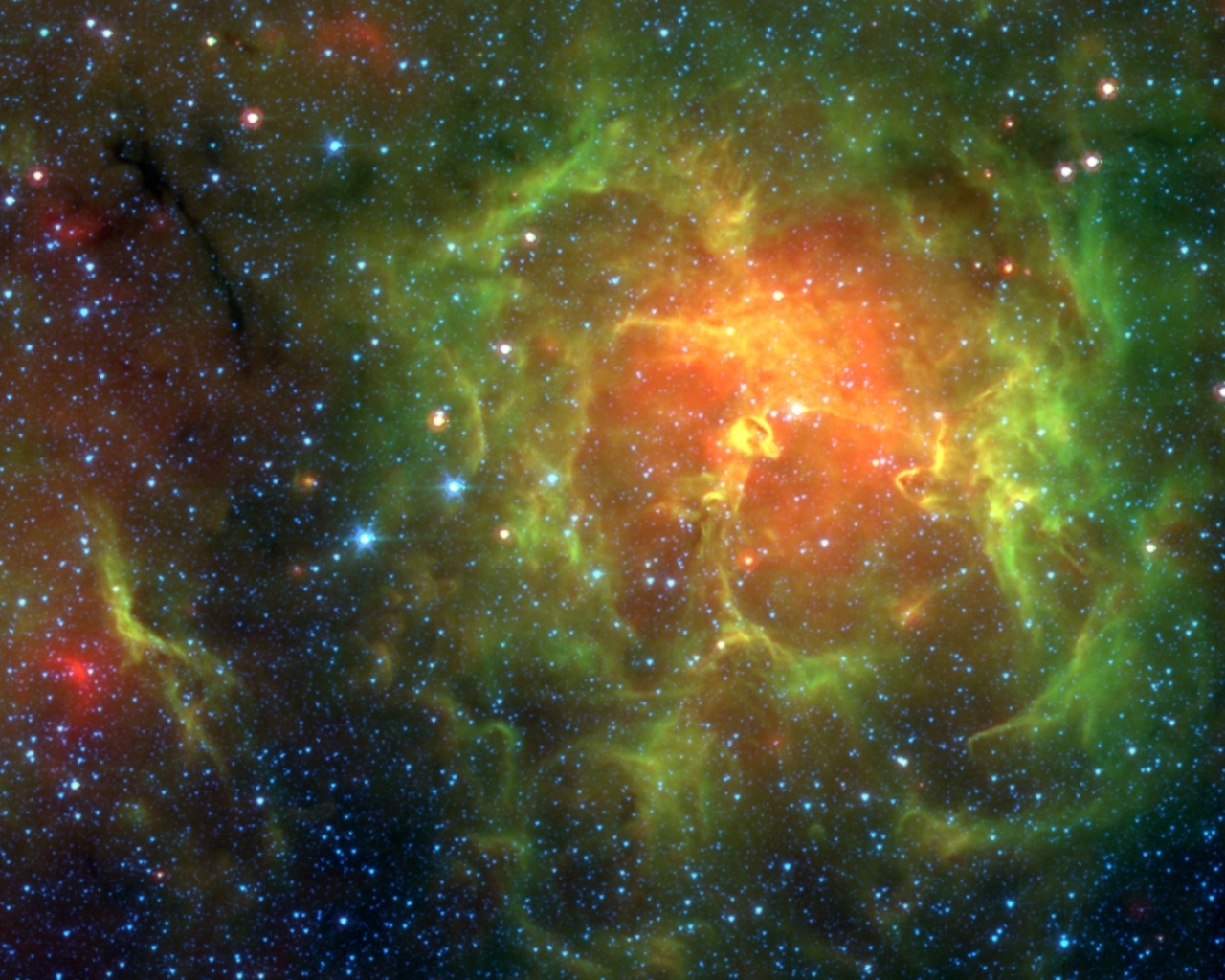Tongue map
It is not true that different sections of the tongue are exclusively responsible for different basic tastes. This is a misconception that has persisted since 1901 and has been illustrated with a schematic map of the tongue, with certain parts of the tongue labeled for each taste. Although widely taught in schools, this was scientifically[…]










